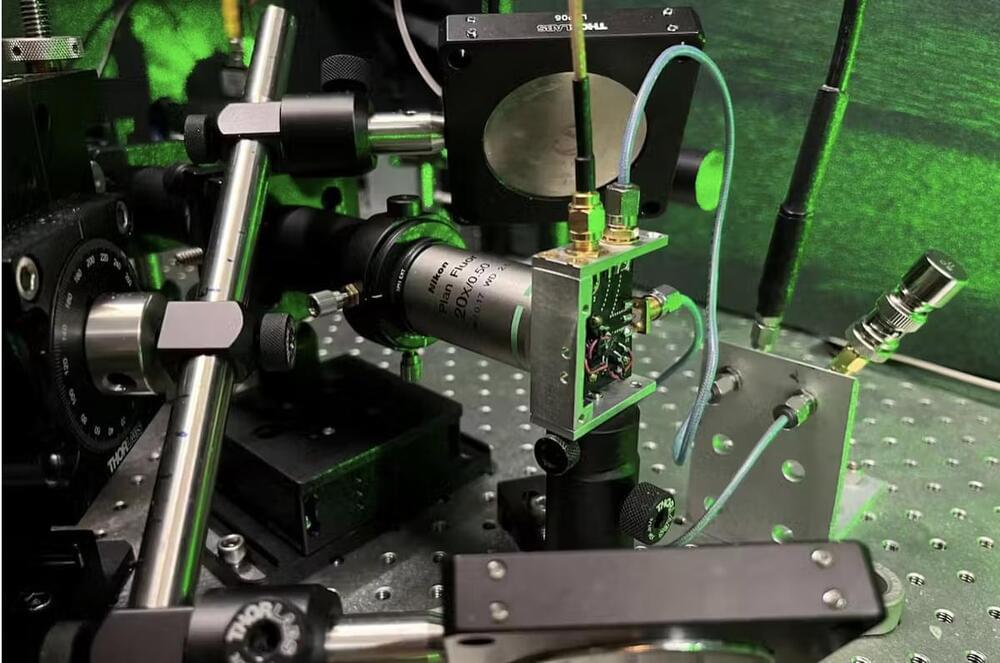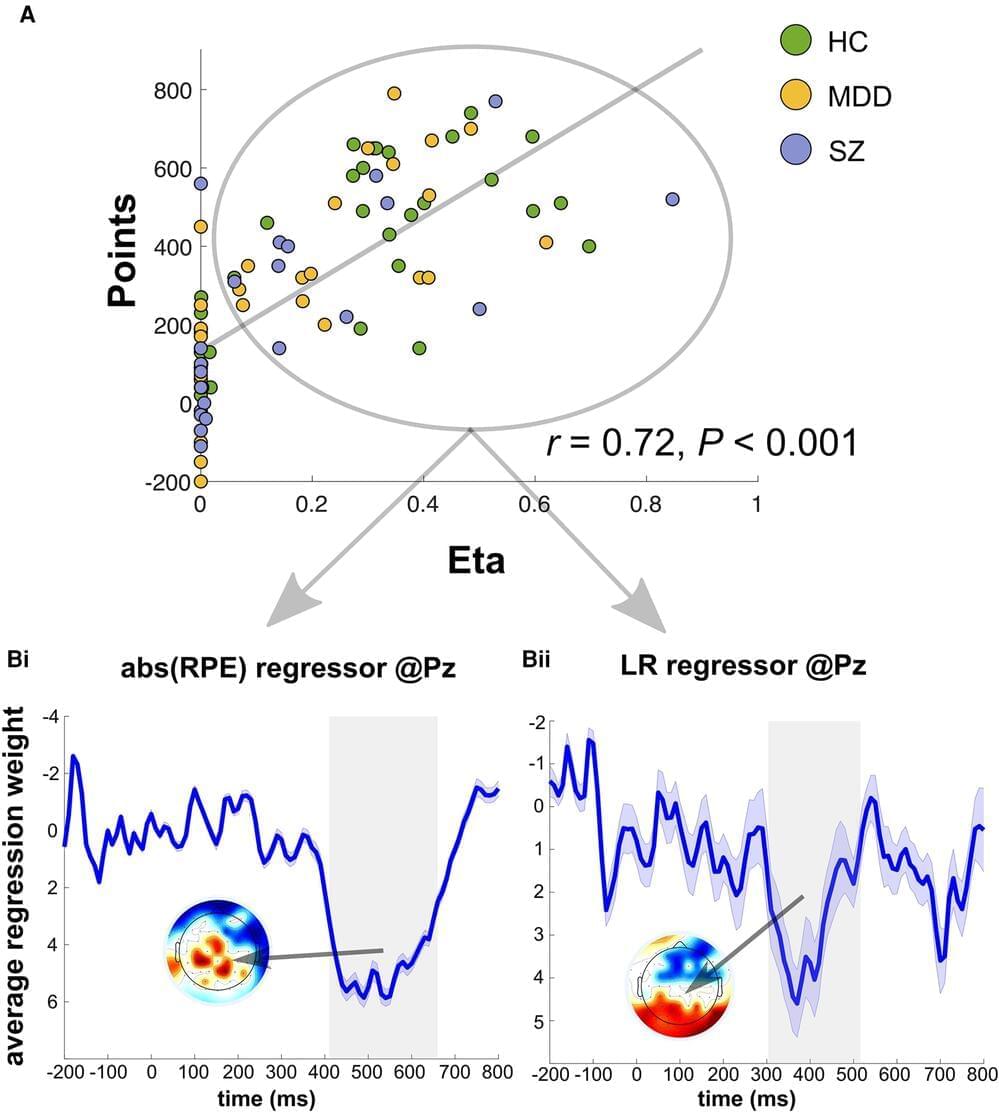Japanese chip maker Rohm is collaborating with venture company Quanmatic to improve electrical die sorting (EDS) in what appears to be the first use of quantum computing to optimize a commercial-scale manufacturing process on semiconductor production lines.
After a year of effort, the two companies have announced that full-scale implementation of the probe test technology can begin in April in Rohm’s factories in Japan and overseas. Testing and validation of the prototype indicate that EDS performance can be improved by several percentage points, improving significantly productivity and profitability.
Headquartered in Kyoto, Rohm produces integrated circuits (ICs), discrete semiconductors and other electronic components. It is one of the world’s leading suppliers of silicon carbide wafers and power management devices used in electric vehicles (EVs) and various industrial applications.





